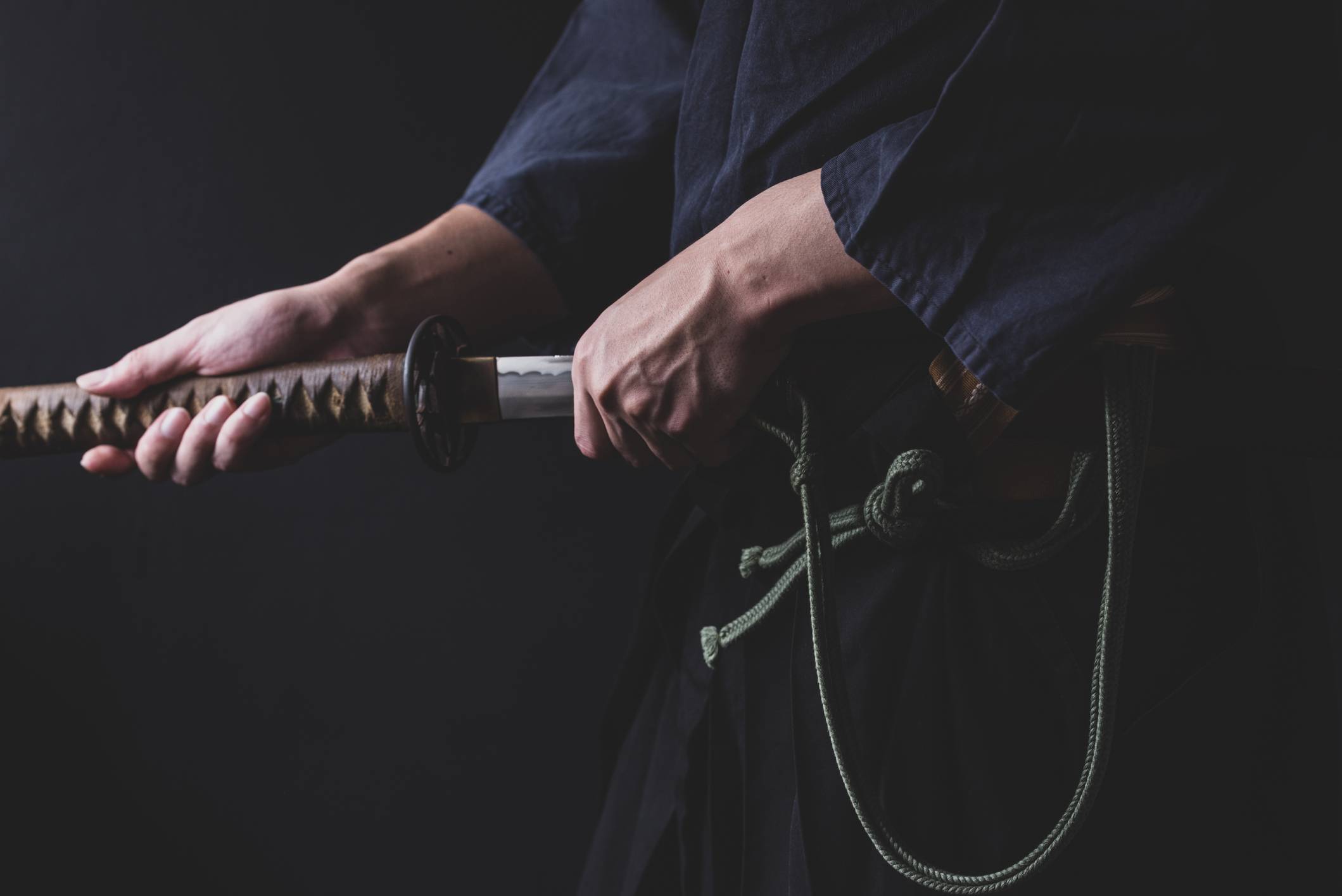Japan has always been partial to an underdog. While some other nations worship a winner above all else and raise ends above means, in Japan, glorious failure has often seemed far more romantic. Conviction, loyalty and determination to continue against the odds are far more laudable than mere success. Take Saigo Takamori, whose 1877 rebellion against the newly-founded Meiji government ended in abject failure, yet who has at times been admired as a hero and role model.
This goes some way toward showing why Todo Takatora — the subject of “The Samurai Castle Master,” a new book by Chris Glenn — has largely been forgotten. A quick glance at his resume shows Todo to be a key figure in Japan’s transition from semi-perpetual civil war to the Pax Tokugawa at the end of the 15th century: He fought at many of the most important battles in Japanese history, including the decisive Battle of Sekigahara in 1600; he served in two campaigns on the Korean Peninsula; he was involved in the design and construction of over 30 castles across Japan, influencing tactics and architecture for generations; and he became one of Tokugawa Ieyasu’s most trusted advisors and was placed in charge of military affairs across the nation when the great shogun passed on. When Todo died at the age of 74, it was noted that there wasn’t a single part of his body that didn’t show the ravages of combat.



















With your current subscription plan you can comment on stories. However, before writing your first comment, please create a display name in the Profile section of your subscriber account page.